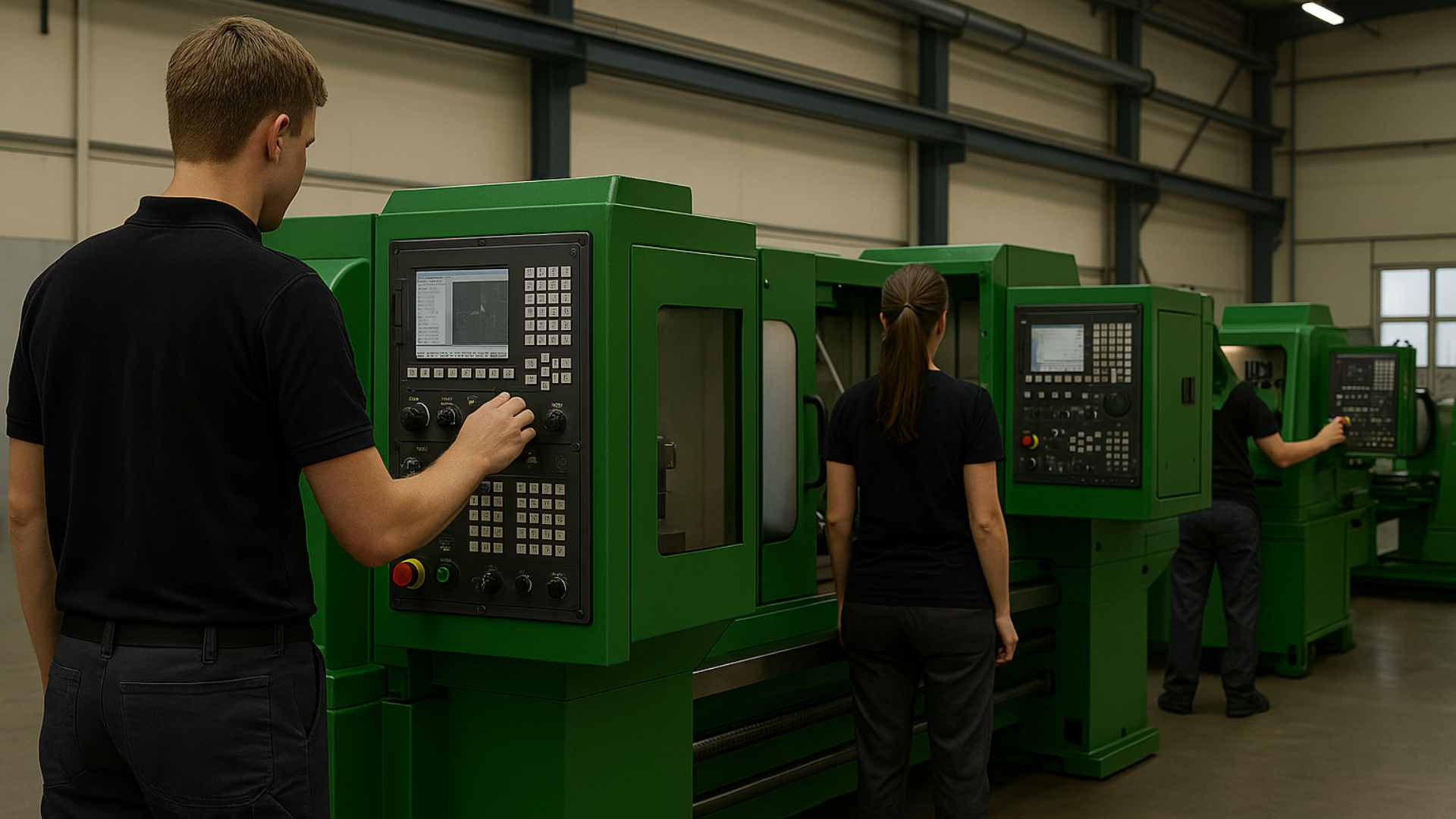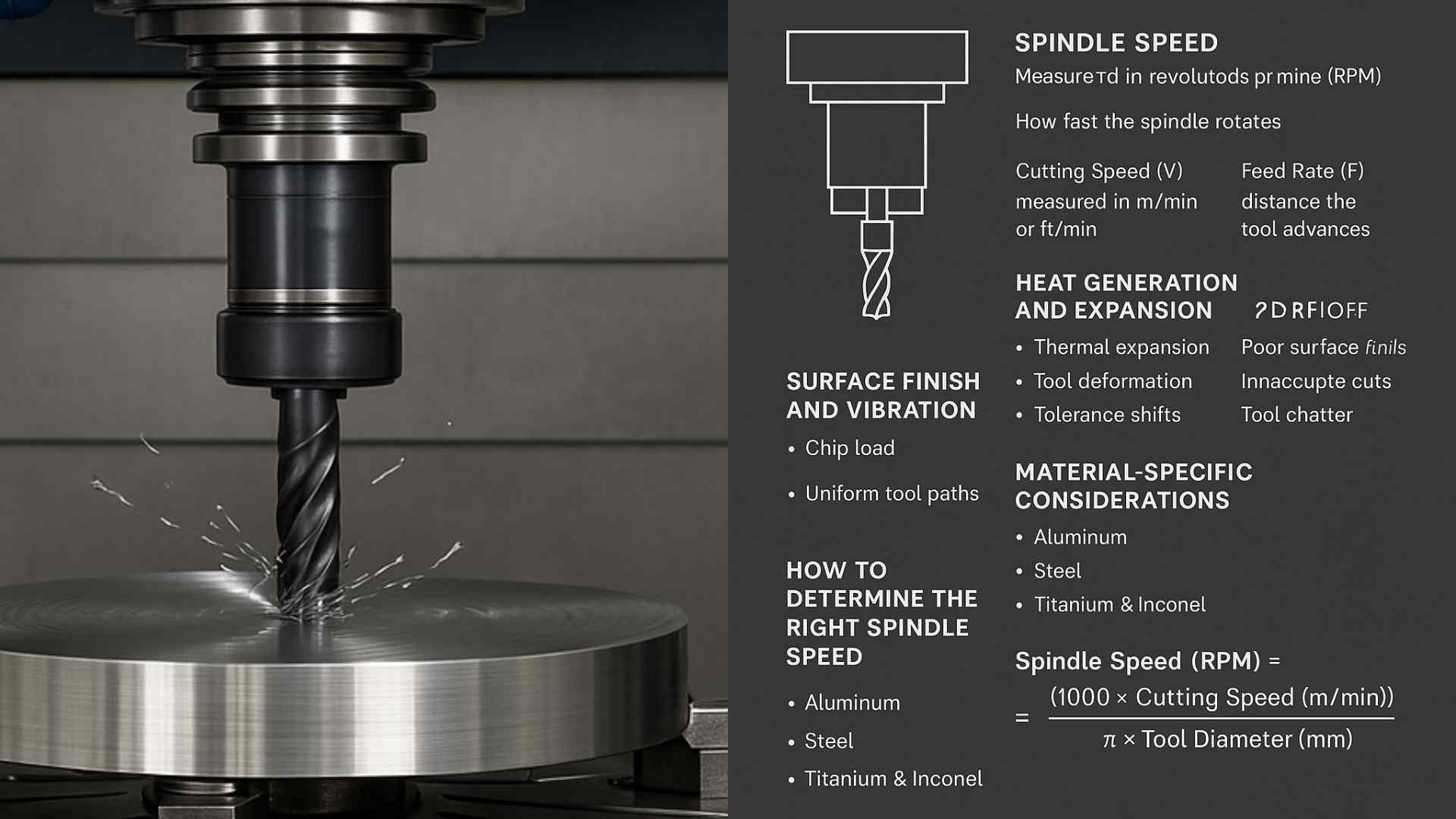The Timeless Utility of Conventional Facing Lathes in Machining
Conventional facing lathes continue to play a crucial role in machining, offering reliability, versatility, and cost-effectiveness. This blog explores their applications, key advantages, and why they remain indispensable despite the rise of CNC technology. Whether for precision metalworking, repair jobs, or custom fabrication, these machines continue to prove their value in manufacturing and industrial settings.

July 10, 2025
Share:
Introduction
In the world of machining, technological advancements have introduced highly automated CNC machines. However, conventional facing lathes continue to hold significant importance due to their versatility, reliability, and cost-effectiveness. These machines have been an essential part of manufacturing and metalworking industries for decades, proving their worth in precision machining and large-scale operations.
This article explores the role of conventional facing lathes in machining, their applications, benefits, and why they remain indispensable despite the advent of modern technology.
What is a Conventional Facing Lathe?
A conventional facing lathe is a manually operated machine tool designed primarily for cutting, shaping, and finishing metal or other materials by rotating the workpiece against a cutting tool. Unlike CNC lathes, these machines require skilled operators to control their functions, making them more suitable for customized and low-production jobs.
Key Features of Conventional Facing Lathes
- Heavy-duty construction: Built to handle large and heavy workpieces.
- Manual control: Provides flexibility in machining operations.
- Wide speed range: Allows for cutting various materials efficiently.
- Versatility: Suitable for facing, turning, boring, and grooving operations.
- High torque output: Ensures efficient machining of tough materials.
Applications of Conventional Facing Lathes
Despite the shift toward automation, conventional facing lathes continue to play a crucial role in various industries. Some of their common applications include:
1. Precision Metalworking
Conventional facing lathes are widely used in metalworking industries to create high-precision components. Their ability to produce accurate cuts and finishes makes them essential for custom and small-batch production.
2. Large-Diameter Workpieces
Facing lathes are particularly useful for machining large-diameter components, such as flanges, valve bodies, and industrial rollers. Their sturdy construction allows for handling oversized parts efficiently.
3. Repair and Maintenance
Machine shops and industrial plants often use conventional lathes for repairing worn-out parts, refacing flanges, and refurbishing mechanical components. Their manual operation allows for quick adjustments and modifications.
4. Machining Castings and Forgings
Facing lathes are ideal for working with castings and forgings, ensuring a smooth and uniform finish. These components are often used in automotive, aerospace, and heavy machinery industries.
5. Custom Fabrication
For industries requiring unique and specialized parts, conventional lathes offer the ability to manually shape and modify workpieces without the need for extensive programming or automation.
Advantages of Conventional Facing Lathes
Despite the rise of CNC machining, conventional facing lathes continue to offer numerous benefits, making them an essential tool in workshops and manufacturing plants.
1. Cost-Effectiveness
Compared to CNC lathes, conventional facing lathes have lower initial costs and maintenance expenses, making them an ideal choice for small and medium-sized workshops.
2. Simplicity and Ease of Use
These lathes do not require complex programming, making them accessible to machinists with traditional skills. Operators have direct control over machining operations, allowing for real-time adjustments.
3. Flexibility in Operations
Since they are manually controlled, conventional lathes can accommodate a wide range of machining tasks, from small repairs to custom production, without the constraints of automation.
4. High Durability and Longevity
Built for heavy-duty operations, these lathes are designed to last for decades with proper maintenance. Their mechanical simplicity contributes to their long service life.
5. Ideal for One-Off and Low-Volume Production
For businesses that do not require mass production, conventional lathes offer an efficient solution for crafting unique and customized parts without the need for expensive CNC setups.
Challenges and Limitations
While conventional facing lathes offer many advantages, they also come with some challenges:
- Requires Skilled Operators: Manual operation demands experience and technical expertise to achieve precision and accuracy.
- Lower Efficiency for Mass Production: CNC machines outperform conventional lathes in high-volume production due to automation.
- Limited Automation: Lack of digital integration can slow down production in highly automated environments.
Despite these limitations, conventional facing lathes continue to serve an essential role in many industries.
Future of Conventional Facing Lathes
With advancements in machining technology, hybrid models combining manual and digital controls may emerge, offering a balance between traditional flexibility and modern efficiency. However, conventional facing lathes will likely remain relevant due to their reliability, simplicity, and cost-effectiveness.
As industries continue to demand precision machining for custom and low-volume production, the value of these machines will endure, ensuring their place in workshops and manufacturing plants for years to come.
Conclusion
Conventional facing lathes have stood the test of time, offering unmatched flexibility, affordability, and precision. While CNC technology dominates large-scale manufacturing, these traditional lathes continue to thrive in repair work, custom machining, and small-batch production. Their durability and manual control make them indispensable for machinists who value craftsmanship and control in their operations.
As industries evolve, conventional facing lathes will remain a critical part of machining, bridging the gap between traditional and modern manufacturing techniques.
Explore More from Sahil Machines
FAQ
A facing lathe is specifically designed for machining large-diameter surfaces, whereas a standard lathe is more versatile, handling both small and large workpieces for turning, threading, and boring operations.
Conventional lathes remain popular due to their cost-effectiveness, flexibility, and ability to handle low-volume and custom machining tasks without the need for extensive programming.
Yes, some manufacturers offer digital readouts (DROs) and hybrid models that enhance precision while maintaining manual control.
CNC lathes are more efficient for mass production due to automation, while conventional facing lathes excel in one-off jobs, repairs, and manual adjustments requiring hands-on control.
Follow Us:
Latest Posts
Get in touch with us about anything.
Connect with our team to explore the alloy solutions and machinery expertise you need.





